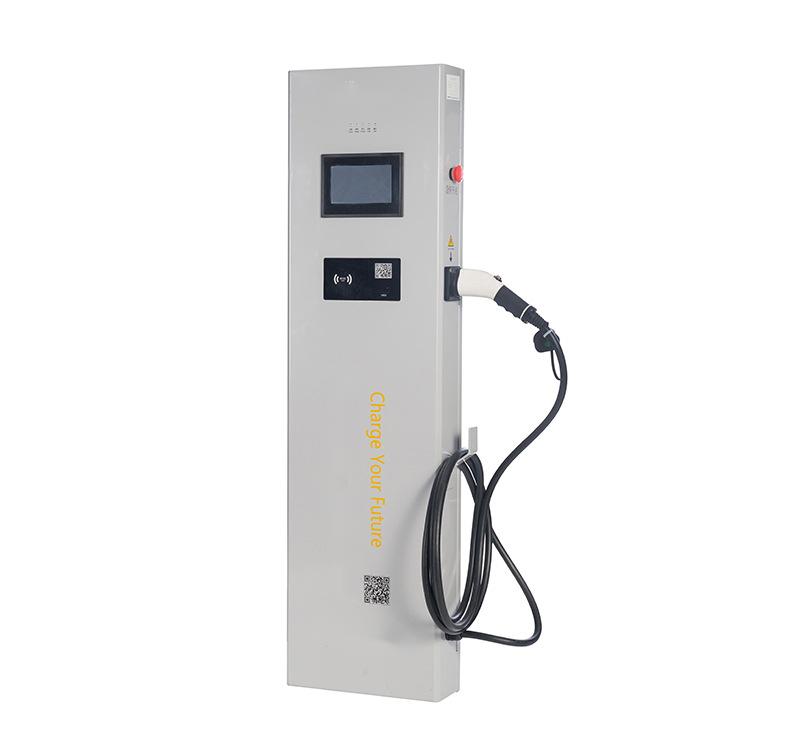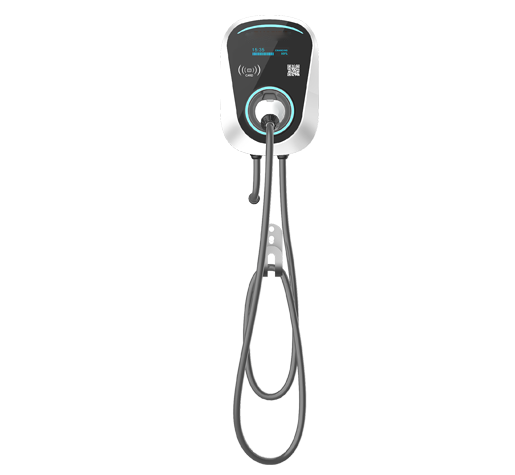Forklifts are essential tools in warehouses, distribution centers, and manufacturing facilities, enabling the efficient movement and transportation of heavy loads. To keep these workhorses running, proper maintenance and charging of their batteries are crucial. The forklift charger, a specialized device designed to recharge forklift batteries, plays a pivotal role in ensuring the optimal performance and longevity of these machines. In this article, we will delve into the correct usage manual of the forklift charger to maximize safety, efficiency, and battery life.
Understanding Forklift Battery Basics
Before delving into the specifics of forklift charger usage, it's important to have a basic understanding of forklift batteries. Forklifts are commonly powered by lead-acid batteries, which are heavy-duty and capable of providing the necessary energy to support the lifting and movement of heavy loads. These batteries need to be regularly charged to maintain their capacity and prevent performance degradation.
Selecting the Right Forklift Charger
Choosing the appropriate forklift charger is the first step towards ensuring the correct use of the equipment. Factors to consider include battery voltage, battery capacity, and the type of battery (e.g., flooded lead-acid, sealed lead-acid, or lithium-ion). The charger's voltage and capacity should match that of the forklift battery to prevent overcharging or undercharging, both of which can lead to premature battery wear and reduced lifespan.
Safety First
Safety should always be a top priority when operating a forklift charger. Here are some safety guidelines to follow:
Wear Proper Personal Protective Equipment (PPE): When working with forklift chargers, wear appropriate PPE, including safety glasses, gloves, and appropriate footwear.

Ventilation: Ensure that the charging area is well-ventilated to prevent the buildup of potentially hazardous gases that can be emitted during the charging process.
No Open Flames or Smoking: Keep open flames, smoking materials, and other potential ignition sources away from the charging area.
No Metallic Objects: Avoid placing metallic objects on or near the charger, as they can create sparks and pose a fire hazard.
Charger Setup and Connection
Proper setup and connection of the charger are critical to ensure a safe and effective charging process:
Location: Place the charger on a flat, stable surface away from moisture, extreme temperatures, and direct sunlight.
Clear Area: Keep the charging area clear of obstructions to prevent tripping hazards and to allow proper ventilation.
Connection: Follow the manufacturer's instructions to connect the charger to the forklift battery. Make sure the connections are secure and that you've connected the positive (+) and negative (-) terminals correctly.
Charging Process
Once the charger is correctly set up and connected, follow these steps for the charging process:
Select the Correct Charging Mode: Many modern forklift chargers offer different charging modes, such as regular charging, fast charging, or opportunity charging. Choose the mode that aligns with your battery's needs and usage patterns.
Check Charger Settings: Ensure that the charger's settings, such as voltage and current, are appropriate for your battery's specifications.

Monitor Charging: Regularly monitor the charging process, checking for any unusual noises, excessive heat, or sparks. If you notice anything unusual, stop the charging process immediately and consult the charger's manual or a professional technician.
Avoid Overcharging: Overcharging can lead to battery damage and reduced lifespan. Many modern chargers come with features to prevent overcharging, but it's still important to periodically check the charging progress.
Complete Charging: Allow the battery to complete the charging cycle before disconnecting the charger. Some chargers have indicators or alarms to signal when the charging cycle is finished.
Maintenance and Storage
To prolong the lifespan of both the charger and the forklift battery, proper maintenance and storage practices are essential:
Cleanliness: Keep the charger clean and free from dirt, dust, and debris. Regularly wipe down the charger's exterior to prevent buildup.
Inspections: Periodically inspect the charger's cables, connectors, and components for signs of wear, damage, or corrosion. Replace any damaged parts promptly.
Storage: If the charger will not be used for an extended period, store it in a dry, cool place away from direct sunlight. Follow the manufacturer's recommendations for long-term storage.
Seeking Professional Assistance
If you encounter any issues with your forklift charger that you're unsure how to address, it's always best to seek assistance from a qualified technician or the charger's manufacturer. Attempting to troubleshoot or repair complex issues without proper knowledge can lead to further damage or safety hazards.
The correct use of a forklift charger is integral to the efficient and safe operation of forklifts. By following proper safety protocols, selecting the right charger, and adhering to charging procedures, you can ensure the optimal performance and longevity of your forklift batteries. Regular maintenance and adherence to manufacturer guidelines will go a long way in maximizing the lifespan and efficiency of both the charger and the batteries, ultimately contributing to the smooth operation of your material handling processes.
Next:Precautions for the Safe Use of Forklift Battery Packs
Previous:On-Board Chargers in Electric Vehicles
Contact Person: Miss. Kiki
| WhatsApp : | +8617763224709 |
|---|---|
| Skype : | +8617763224709 |
| WeChat : | +8617763224709 |
| Email : | kiki@lifepo4-battery.com |